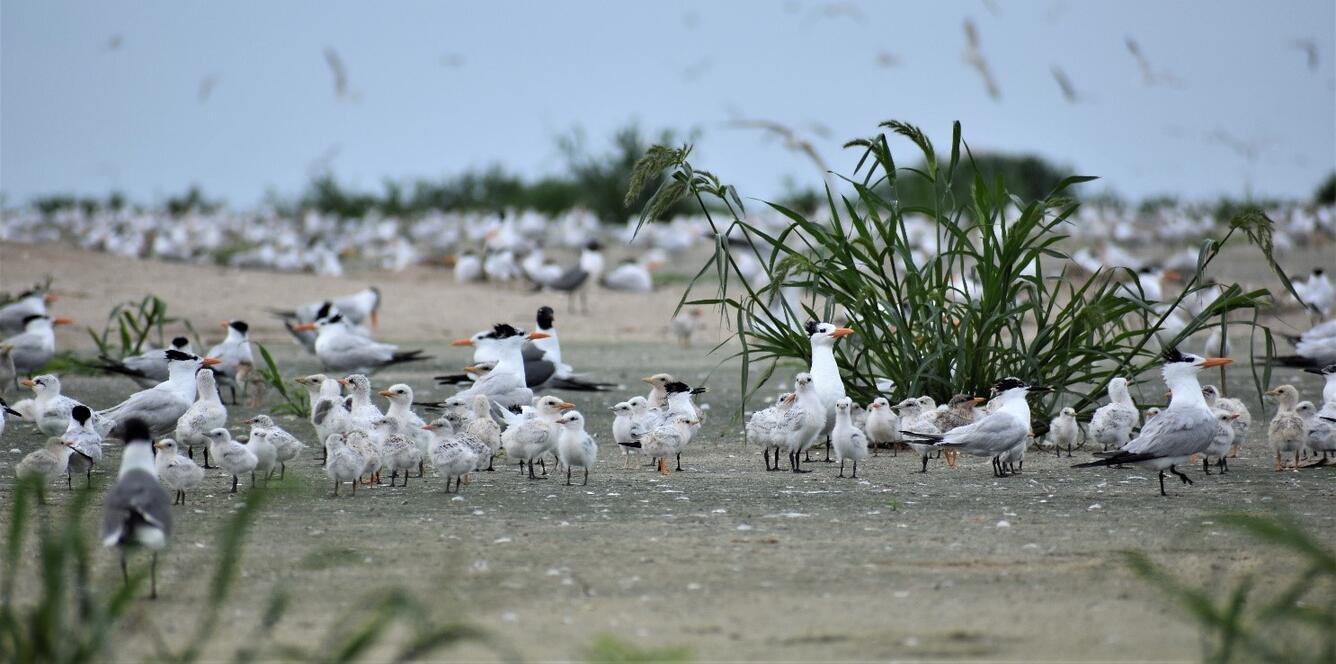Photo Roundup - September-October 2021
A selection of coastal and ocean images and videos from across the USGS.
DUring Nearshore Event eXperiment (DUNEX)
DUring Nearshore Event eXperiment (DUNEX) is a multi-agency, academic, and non-governmental organization (NGO) collaborative community experiment designed to study nearshore coastal processes during storm events. The experiment involved a large field component that took place in fall of 2021. USGS participation in DUNEX will contribute new measurements and models that will increase our understanding of storm impacts to coastal environments, including hazards to humans and infrastructure and changes in landscape and natural habitats. The data will help evaluate and improve the models used to forecast coastal water levels and storm impacts.
Learn more about the DUring Nearshore Event eXperiment (DUNEX) project
Other Fieldwork Photos
Get Our News
These items are in the RSS feed format (Really Simple Syndication) based on categories such as topics, locations, and more. You can install and RSS reader browser extension, software, or use a third-party service to receive immediate news updates depending on the feed that you have added. If you click the feed links below, they may look strange because they are simply XML code. An RSS reader can easily read this code and push out a notification to you when something new is posted to our site.











